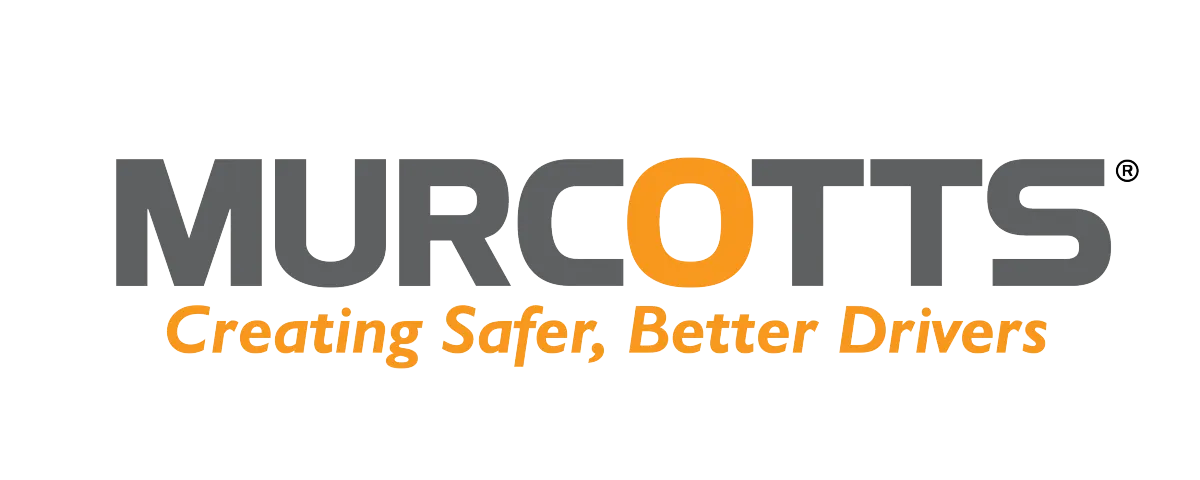Murcotts EcoDriving
Most Australians love their cars and driving, but face two serious problems: the global economic downturn and global warming. Motor vehicles significantly contribute to carbon emissions, making it unacceptable to drive without considering the environment.
By adopting EcoDriving strategies, you can reduce fuel consumption by up to 27%, benefiting the environment. A February 2008 Murcotts test showed that changing driving habits can cut vehicle emissions by nearly one third. EcoDriving skills can be developed by every driver, regardless of vehicle type.
Here’s how you do it:
Drive Smoothly: Avoid excessive acceleration and braking for better fuel efficiency and reduced stress.
Maintain Your Vehicle: Regular servicing, proper tuning for economy, and replacing filters are crucial.
Check Wheel Alignment: Misaligned wheels cause drag and increase fuel consumption.
Increase Tyre Pressure: Inflate tyres (around 36 psi for sedans) to reduce rolling resistance and tyre wear.
Plan Your Trip: Choose the most economical route, considering traffic and terrain.
Increase Following Distance: Improves vision and reduces the need for abrupt acceleration/braking.
Scan Ahead: Anticipate traffic flow to avoid stop-start driving.
Reduce Engine Idling: Turn off the engine when safely stopped for extended periods.
Drive Off Immediately: Avoid idling to warm up the engine; driving warms it faster and reduces emissions.
Accelerate Smartly: Up-shift gears early and reach optimum speed quickly without high revs.
Reduce Wind Drag: Remove unnecessary roof racks and cargo carriers.
Remove Excess Weight: Less weight reduces rolling resistance; increase tyre pressure when loaded.
Use Cruise Control Wisely: Avoid on hilly roads; anticipate inclines and ease off on descents.
Limit Air Conditioner Use: Use windows at low speeds and AC with closed windows at high speeds.
Reduce Highway Speed When Loaded/Towing: Driving at lower speeds (e.g., 90kph vs. 110kph) saves significant fuel.
Check Towed Vehicle Tyre Pressure: Reduce rolling resistance on trailers/caravans.
Here's your Ecodriving bonus. Research shows smooth EcoDriving is linked to up to a 35% reduction in crash rates. EcoDriving techniques save money, benefit the planet, and enhance safety for you and your family.
Murcotts advises the Low Emission Vehicle Automotive Partnership, with support from Shell.
A new energy future is emerging, powered by cleaner fossil fuels and renewables, guiding us towards sustainable mobility. Government incentives and technology will cut greenhouse gases, but efficient energy usage is crucial to meet rising long-term demand.

Follow Us
1300 555 576
Sandown International Motor Raceway
Training Room 2
591–659 Princes Highway
Springvale VIC 3171
Office Hours
Monday-Friday: 9 am – 5 pm
Registered Training Organisation: RTO # 45521 | training.gov.au
© Copyright 2025. Murcotts Driving Excellence. All rights reserved.
